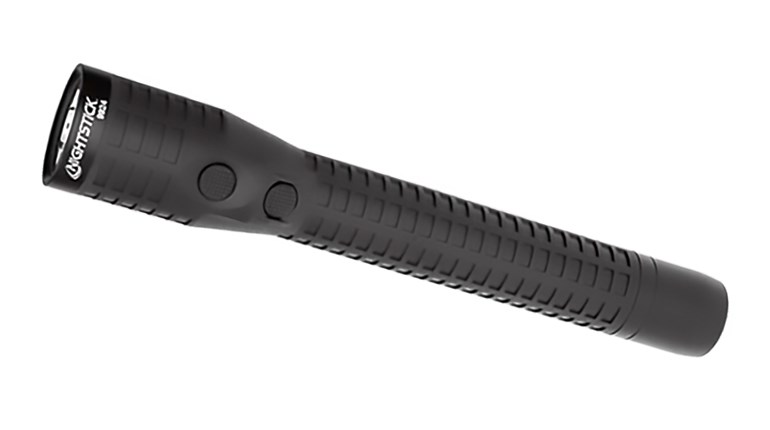
In baseball, there are cardinal rules that every player learns from a good coach: Never strike out looking, never give up a walk with two outs if you’re a pitcher and never be the first or third out at third base—that sort of thing. In defensive shotgunning, there are also some hard rules to which shooters should adhere.
Stance: Adopt an athletic, aggressive stance: Shotguns loaded with buckshot kick hard, roughly 30 ft.-lbs. of free-recoil energy per shot compared to 3 ft.-lbs. of an AR-15. If you pull a 12-gauge’s trigger while off-balance or even on your heels, there’s a good chance the gun will shove you backward, at worst causing you to stumble or in the best case slowing down any follow-up shots as you try to regain your sight picture. Shotgunners should take a fighting-style stance in which the knees are bent, the feet are staggered slightly and spread shoulder width apart. The weight should be over the balls of the feet so they can absorb the recoil and control the gun. Defensive shotgunners need to be better balanced than wingshooters so they can move quickly in any direction, including backward if needed. So, 65-percent weight forward is preferable.
Fit: Ensure your shotgun fits. At the very least, make sure the buttstock is a length (called LOP or length-of-pull) short enough that it won’t snag your armpit or clothing as you mount the gun, but not so short that your nose touches the thumb of your trigger hand as it grips the stock. Because the defensive shotgunner’s stance is more square to the target—thereby shortening the reach of the arms—many defensive shooters prefer a stock ½-inch to 1-inch shorter than standard sporting-length stocks that are usually around 14 inches long from the middle of the buttpad to the trigger. Try different sizes to find what suits you best.
Perhaps more importantly, the stock’s drop-at-comb measurement should ensure that when the cheek is placed firmly upon it, the shooter’s line of vision is aligned horizontally along the shotgun’s rib and not down on it at an angle (if the head is too high) or blocked by it (if the head is too low). This rules out many tactical-style stocks that are designed for AR-15s—not shotguns. Generally the more traditional, full-contour shotgun stocks that ensure a solid cheek weld are ideal. A gun that fits perfectly will deliver its pattern where the shooter looks.
Practice: Practice handling your shotgun to the point where you can fieldstrip it, reassemble it, load it and clear jams blindfolded (I’m not kidding.) This level of familiarity is needed for when the adrenaline is pumping and it is deathly dark in your house.
Eyes Open: Keep both eyes open while shooting. A shotgun’s advantage is its capability of hitting moving objects—but only if the eyes can provide the brain with data so it can anticipate where the target will be and move the hands to guide the gun accordingly. Don’t rob the brain of half of its data by closing one eye to aim. Both eyes are needed for mental speed/angle calculations, depth perception and peripheral vision. Even if you find out you are cross-eye dominant, there are tricks you can use that allow you to keep both eyes open while shooting. If you can hit moving targets, stationary ones are easy.
Safety: Click the safety off as the gun is mounted. Then click it back on when the gun is dismounted. Once this habit is ingrained, the shotgun will be as safe as possible with no detriment to speed.
Quality Ammo: Don’t overthink choke and ammo selection for home defense. Use a quality, average-power buckshot load—not so light it fails to cycle your gun, but not so heavy it hurts your shoulder. Shoot it through a cylinder or improved-cylinder choke. Keep the shotgun clean and lubed, and pray you never have to use it defensively.


































